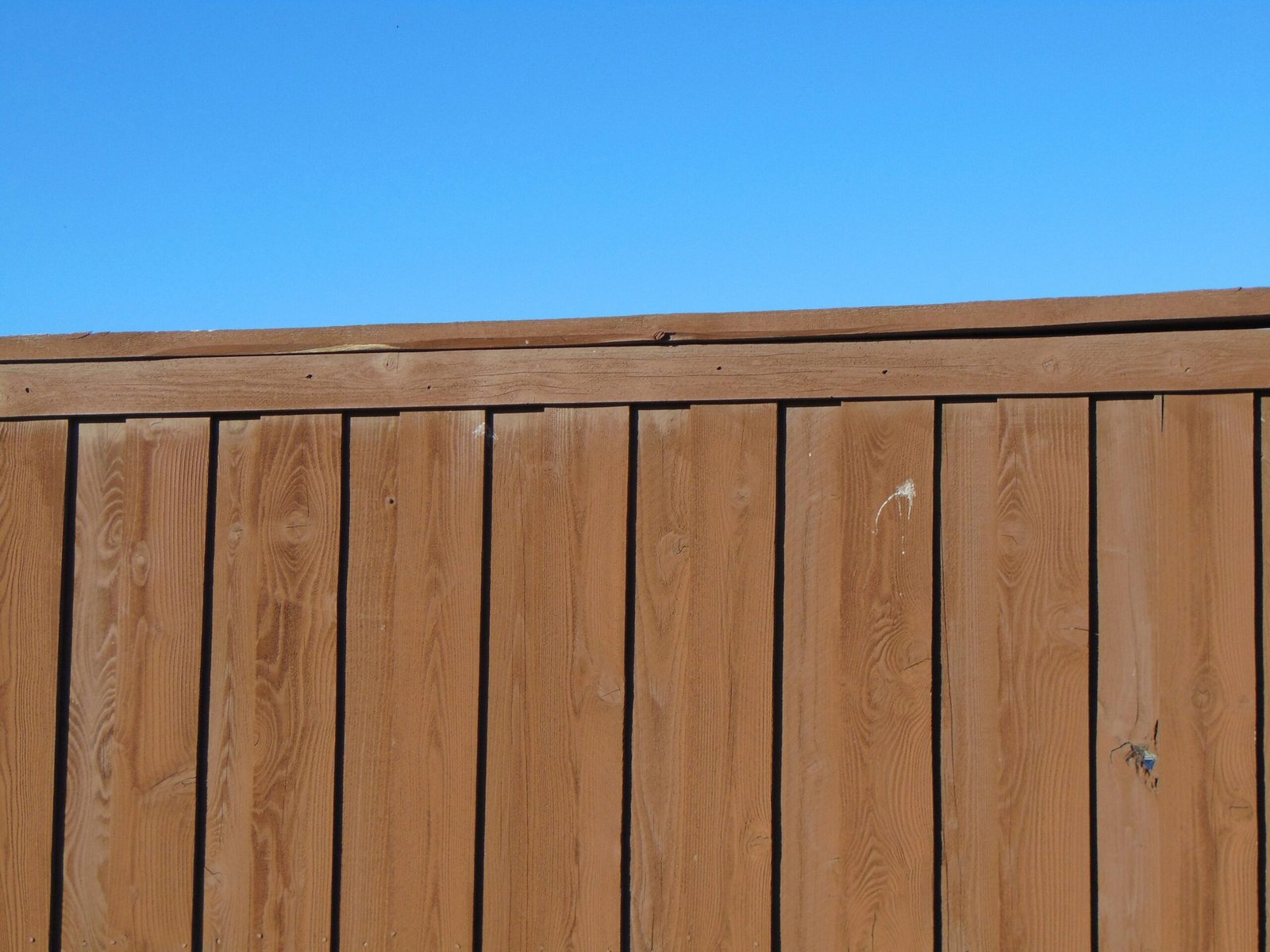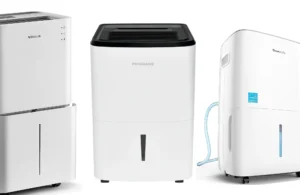Understanding Indoor Air Quality
Indoor air quality (IAQ) refers to the condition of the air within buildings, particularly as it relates to the health and comfort of occupants. This concept is increasingly significant during the closed-house season when windows and doors are often sealed to conserve heat, resulting in decreased natural ventilation. During this time, indoor spaces can accumulate various pollutants, compromising the quality of the air we breathe.
Common indoor pollutants include dust, allergens, and volatile organic compounds (VOCs), which are emitted from everyday items like furniture, cleaning products, and paints. These pollutants can lead to health issues such as respiratory problems, allergies, and even long-term effects on productivity. Children, the elderly, and individuals with pre-existing health conditions are generally more vulnerable to these adverse effects, making the monitoring and management of IAQ critical for everyone.
Furthermore, inadequate ventilation during the closed-house season can exacerbate the buildup of carbon dioxide and moisture, leading to conditions that foster mold growth and further degrade air quality. High levels of VOCs and dust can impair cognitive function, potentially decreasing productivity and comfort within the home environment. Understanding the sources of indoor pollution and their consequences underscores the importance of maintaining acceptable IAQ levels during periods of limited air exchange.
Ultimately, recognizing the factors that influence IAQ is vital for safeguarding health and well-being in residential settings. Proactive measures such as regular cleaning, use of air purifiers, and appropriate humidity control can significantly enhance indoor air conditions, particularly during seasons when houses are closed off from the outside environment.
The Role of Filtration
Filtration systems play a crucial role in enhancing indoor air quality, particularly during the closed-house season when external ventilation is limited. The primary function of air filters is to capture and reduce airborne pollutants such as dust, allergens, pet dander, and volatile organic compounds (VOCs). There are several types of air filtration systems available, each offering unique benefits depending on specific household needs.
One prominent option is the High-Efficiency Particulate Air (HEPA) filter. HEPA filters are designed to trap at least 99.97% of particles that are 0.3 microns in diameter. This makes them highly effective against common indoor allergens like pollen, mold spores, and tobacco smoke. For households with allergy sufferers, installing a HEPA filter can significantly improve comfort and health.
Activated carbon filters are another important component in maintaining indoor air quality. These filters excel at absorbing odors and harmful gases, making them ideal for homes with pets or those that produce strong aromas from cooking or cleaning supplies. It is essential to regularly monitor and replace activated carbon filters, as their effectiveness diminishes once they become saturated.
Another innovative solution is the use of ultraviolet (UV) purification systems. These systems employ UV light to deactivate bacteria, viruses, and other microorganisms present in the air. While they do not filter particulates, they serve as an additional line of defense, particularly in households with vulnerable individuals such as the elderly or immunocompromised.
To maximize the efficacy of filtration systems, it is critical to adhere to manufacturer recommendations regarding the replacement or cleaning of filters. Typically, HEPA filters should be replaced every 6 to 12 months, while activated carbon filters may require more frequent changes based on household pollutants. Choosing the right filtration system involves assessing specific needs, evaluating the sources of indoor pollution, and considering factors such as filter lifespan and compatibility with existing HVAC systems.
Managing Humidity Levels
Maintaining optimal humidity levels within homes during the closed-house season is crucial for ensuring a healthy indoor environment. Humidity refers to the amount of moisture present in the air, and both high and low levels can present significant challenges. High humidity fosters mold and mildew growth, which can lead to structural damage and health issues, including respiratory problems and allergies. Conversely, low humidity can cause dry skin, irritate respiratory systems, and create an atmosphere conducive to static electricity buildup.
The ideal indoor humidity level typically ranges from 30% to 50%. To achieve this balance, homeowners must adopt effective humidity control strategies. One of the most common solutions is the use of humidifiers and dehumidifiers. Humidifiers release moisture into the air, making them ideal for dry winter months, while dehumidifiers extract excess moisture, reducing the risk of mold growth during the more humid months. These devices vary in type and size, catering to a range of spaces and needs, allowing homeowners to find a suitable model for their specific situations.
In addition to using these appliances, proper ventilation plays a significant role in managing humidity levels. Opening windows and doors for fresh air circulation can help, especially on days with moderate temperatures. Exhaust fans, particularly in kitchens and bathrooms, are also vital in expelling moisture-laden air, which can help maintain balanced humidity levels throughout the home.
Monitoring indoor humidity is another crucial aspect of management. Hygrometers are inexpensive devices that provide real-time readings of moisture levels, helping homeowners make informed decisions regarding ventilation and appliance use. By understanding the dynamics of humidity, homeowners can implement these strategies effectively, ensuring a comfortable and health-conscious indoor atmosphere.
Importance of Adequate Ventilation
Ventilation is a crucial factor in maintaining good indoor air quality, especially during closed-house seasons when windows and doors are typically sealed. Adequate ventilation not only helps in diluting indoor pollutants but also contributes to a healthier living environment by introducing fresh outdoor air. There are various methods to ensure effective ventilation, each with its own advantages and applications.
Natural ventilation relies on the use of wind and temperature differences to promote air flow through openings in the building’s structure. This method is often the most energy-efficient, as it does not require mechanical systems. However, its effectiveness can be significantly impacted by outdoor air quality, which is particularly concerning during periods of high pollution. Therefore, while natural ventilation is an appealing option, it is essential to consider external conditions before relying on it fully.
Mechanical ventilation systems, such as exhaust fans, balanced systems, and supply fans, can be installed to enhance indoor air quality actively. These systems work by exchanging indoor air with fresh air from outside, thus effectively managing humidity and removing contaminants. Energy Recovery Ventilators (ERVs) and Heat Recovery Ventilators (HRVs) are advanced options that allow for greater energy efficiency by transferring heat between incoming and outgoing air streams. These systems maintain comfortable indoor temperatures and require less energy to operate, making them a sustainable choice for households concerned about energy consumption.
Regular air exchange is imperative to effectively reduce indoor pollutants, such as volatile organic compounds (VOCs), bacteria, and allergens that may accumulate in a closed house. Adopting a strategy that balances energy efficiency with the need for fresh air can significantly enhance indoor air quality. By integrating suitable ventilation techniques tailored to specific living environments, homeowners can create healthier spaces that contribute to overall well-being.
If you’re interested in purchasing the item you seek, please click the link for additional details: #americanachoice.
https://amzn.to/3SBN3Oy
AFFILIATE DISCLOSURE: I am an affiliate for this company, I am not a paid employee.
I may receive a commission if you click a link on this page and choose to purchase something.
You can rest assured I will only share things I believe in and will be valuable to you.


